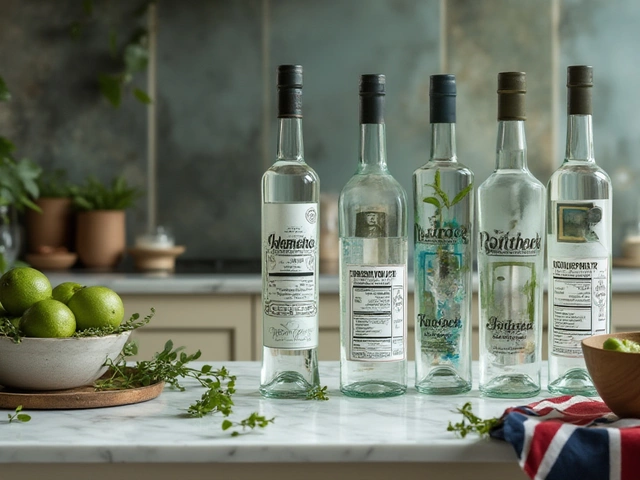Explore Gin Origins: From Early Distillation to Modern Mixology
Gin might be the drink you reach for at a bar, but its story starts way back in the 1600s. A Dutch physician called Franciscus Sylvius first mixed juniper berries with neutral spirit to create a medicinal tonic. Soldiers and sailors liked it because it helped with stomach aches and kept the cold at bay.
When the English caught wind of this "Dutch courage," they started making their own version in London’s gin houses. By the 18th century, gin was cheap, strong, and everywhere – so much so that the government launched the Gin Acts to curb abuse. Those early gin runs were rough, but they laid the foundation for the cleaner, smoother gin we know today.
Key Botanicals That Define Gin
Juniper is the heart of every gin – it’s the flavor that can’t be missed. But distillers add a mix of other botanicals to give each brand its personality. Common additions include coriander, citrus peel, angelica root, and orris root. Some producers go exotic with rose petals, cucumber, or even seaweed.
How these botanicals are introduced matters. Most gin makers use a pot still, placing the botanicals in a basket above the spirit so the vapor passes through. Others soak the herbs in the base spirit before distillation. Both methods extract different flavors, so tasting a London Dry versus a New Western gin feels like comparing two cousins.
Tasting Gin Like a Pro
Start with a clear glass and a small pour – you don’t need ice or mixers to appreciate the spirit. Swirl gently, then sniff. Look for the sharp pine of juniper, then any citrus, spice, or floral notes. Take a sip and let it coat your tongue. Notice the balance: does the juniper dominate or do the secondary botanicals shine?
If you want to explore further, try a simple gin and tonic with a slice of grapefruit or a sprig of rosemary. The tonic’s bitterness highlights the botanicals, while the garnish adds a fresh twist. Keep a notebook to track which brands you like and why – it’s a fun way to build your own gin library.
Modern gin isn’t just a London tradition. Countries like Spain, the United States, and Japan now produce award‑winning gin with local ingredients. Spanish gin often features olives or rosemary, while Japanese versions might include yuzu and sakura. These regional twists show how gin continues to evolve, rooted in its historic origins but always moving forward.
So the next time you raise a glass, think about the centuries of distillation, the botanicals travelling across continents, and the simple joy of tasting a spirit that started as a humble medicinal cure. Cheers to exploring gin’s rich heritage, one sip at a time.
Explore the legacy of the oldest gin brand, discovering its roots and evolution over centuries. Delve into the fascinating history of gin, understanding how it's remained popular and transitioned into modern trends. Gain insights into iconic distilleries and historic tours offering a taste of traditions and craftsmanship. Learn about key milestones and the unique characteristics that make the oldest gin brand stand out. This article provides a comprehensive look for gin enthusiasts and history buffs alike.
View Details

